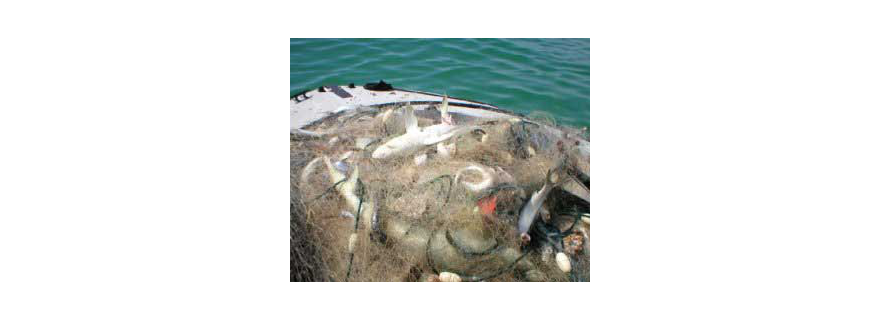By Victoria Parsons
Just as neighborhood watches have helped reduce crime on land, a new program that partners professional fishing guides with law enforcement officers at the Florida Fish and Wildlife Conservation Commission promises to help protect the bay’s natural resources.
“Nobody can afford a government big enough to solve every problem, but we think we can help,” says Capt. Dave Markett, a regional vice president with the Florida Guides Association and owner of Sportfishing Guide Service in Tampa. “There’s a chronic shortage of FWC law enforcement professionals so there are never enough eyes on the water.”
“And who better than fishing guides when we need trained eyes,” notes Lt. Umberto Navarro, a watch commander in the FWC’s southwest region and coordinator of the new Coast Watch program in Tampa Bay.
Now being implemented as a pilot program in the Tampa Bay region, Coast Watch calls for a series of partnerships. First, FWC officers teach fishing guides what to look for in terms of flagrant on-water violations. Guides can contact FWC officers through the Nextel mobile radio system.
“The guides have a direct connection with us and we know exactly who they are when the call comes through,” Navarro said.
The program isn’t set up to catch someone who bags one redfish over the limit or an out-of-season stone crab, he adds. “We’re focusing on the major violators, the people with large gill nets who are catching big quantities of fish.”
The program benefits everyone, adds Markett. “W hen someone violates the law, they’re stealing from all of us – and there’s a lot of area with a limited number of law enforcement officers so it can be easy pickings.”
Illegal mullet fishermen can haul in up to $100,000 over a four-month season, Navarro notes. “Violators can catch thousands of fish overnight in illegal gill nets.”
Along with stealing a limited resource, violators make it even more difficult for commercial fishermen to earn a living, Markett said. “If someone spends a day catching 200 pounds of pompano legally, then someone else illegally catches 2500 pounds and dumps it in the market, the price goes down to the point where the legal fisherman earns almost nothing.”
A second element of the partnership calls for the guides to teach law enforcement officers more about Tampa Bay and other waters in the region. “In the next year or two, more than half of the officers in this region will have less than three years on the job,” Navarro explains.
“It takes five or six years to really find your way around since we cover a lot of territory. Working with the guides gives our officers a chance to learn where the shallows are, or where they need to watch out for big rocks.”
Coast Watch was created when Ken Haddad called a strategic planning session with stakeholders after he became director of the FWC. “He challenged us to find ways to build partnerships that protect our natural resources,” Markett recalls. “The Florida Guides Association has always been committed to the wise use of renewable resources and we want to be part of the solution.”
Col. Judy Jones in Tallahassee and Capt. Daryl Amerson in Tampa approved the concept and Navarro and Markett began recruiting guides earlier this year. Although they prefer not to divulge details, the program has been successful enough in Tampa Bay that they expect it to expand across the state.
“You must understand that it’s a very small percentage of people who are giving the majority of fishermen a black eye,” Markett said. “We aren’t vigilantes but we do see habitual offenders who tend to be very arrogant because they’ve gotten away with their crimes for so long.”
Working with guides who can be recognized by name is critical to the success of the program, Navarro adds. “We had a similar program years ago using citizens to report violations, but the violators used it against us,” Navarro said. “We assigned participants with a number and color so their calls would take precedence over other calls but the violators signed up for the program, then called to report decoys and we ended up going in a different direction.”
Article originally published Summer 2004.
[su_divider]